Lightship L1 is a futuristic, all-electric new take on the recreational vehicle
The ground-up design of the Lightship L1 aims to change travel trailers for ever, adding an electric powertrain and an expandable, modernist interior

Describing your debut project as the ‘first purpose-built all-electric RV’ is a bold statement, especially as one of the definitions of a travel trailer (or caravan, for our British readers) is that it isn’t powered, it is pulled. Nonetheless, the Lightship L1 does come with a self-propulsion system, one that brings a canny advantage for drivers using an EV to haul it.
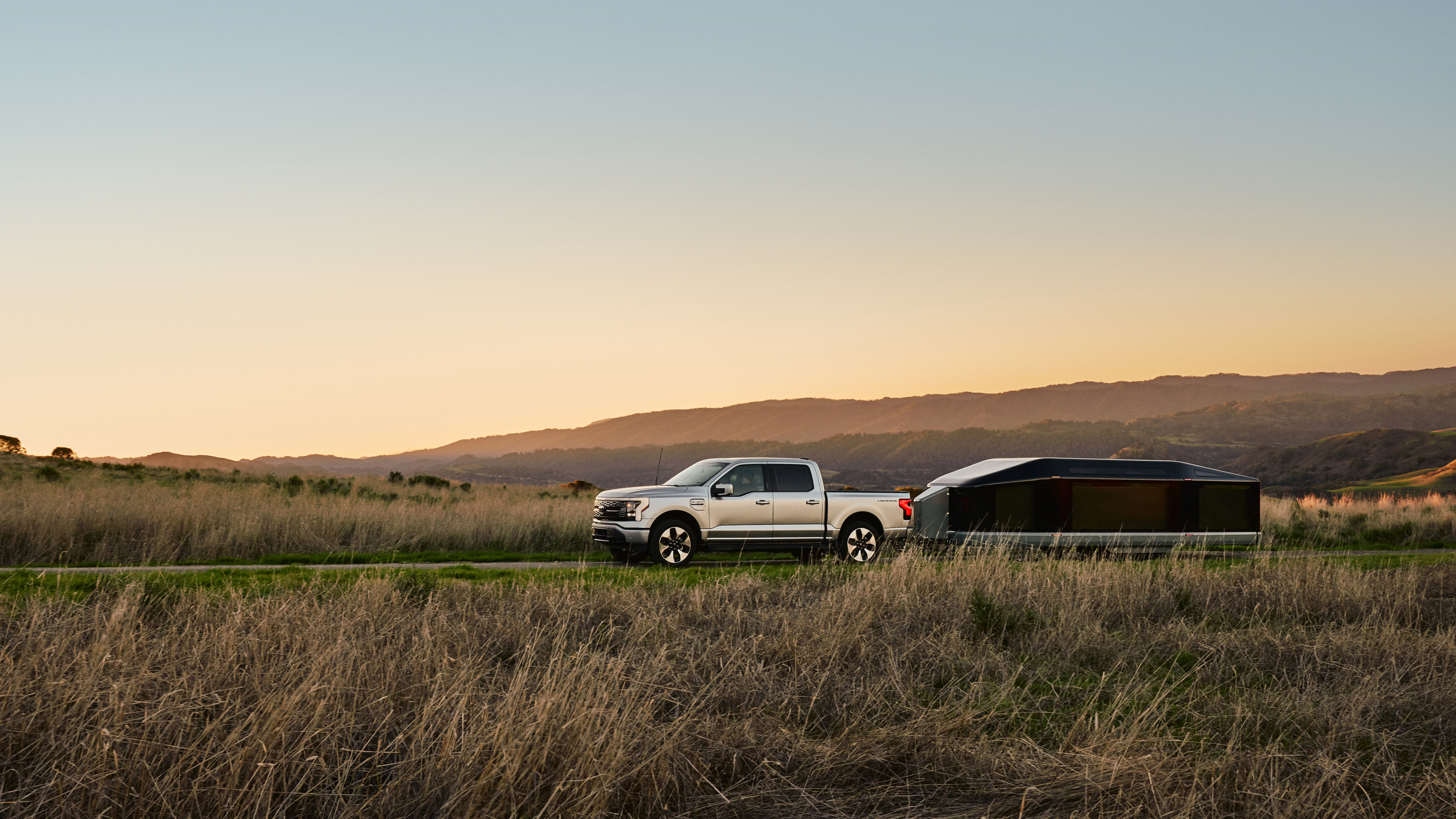
Lightship is a start-up with an impeccable pedigree. Co-founders Toby Kraus and Ben Parker are both Tesla alumni, working on the Model 3 and Model S. Both keen campers and road-trippers, they sought a solution for one of the biggest downsides in using an EV as a tow vehicle, the decimation of the available range.
Lightship L1, evolving the travel trailer
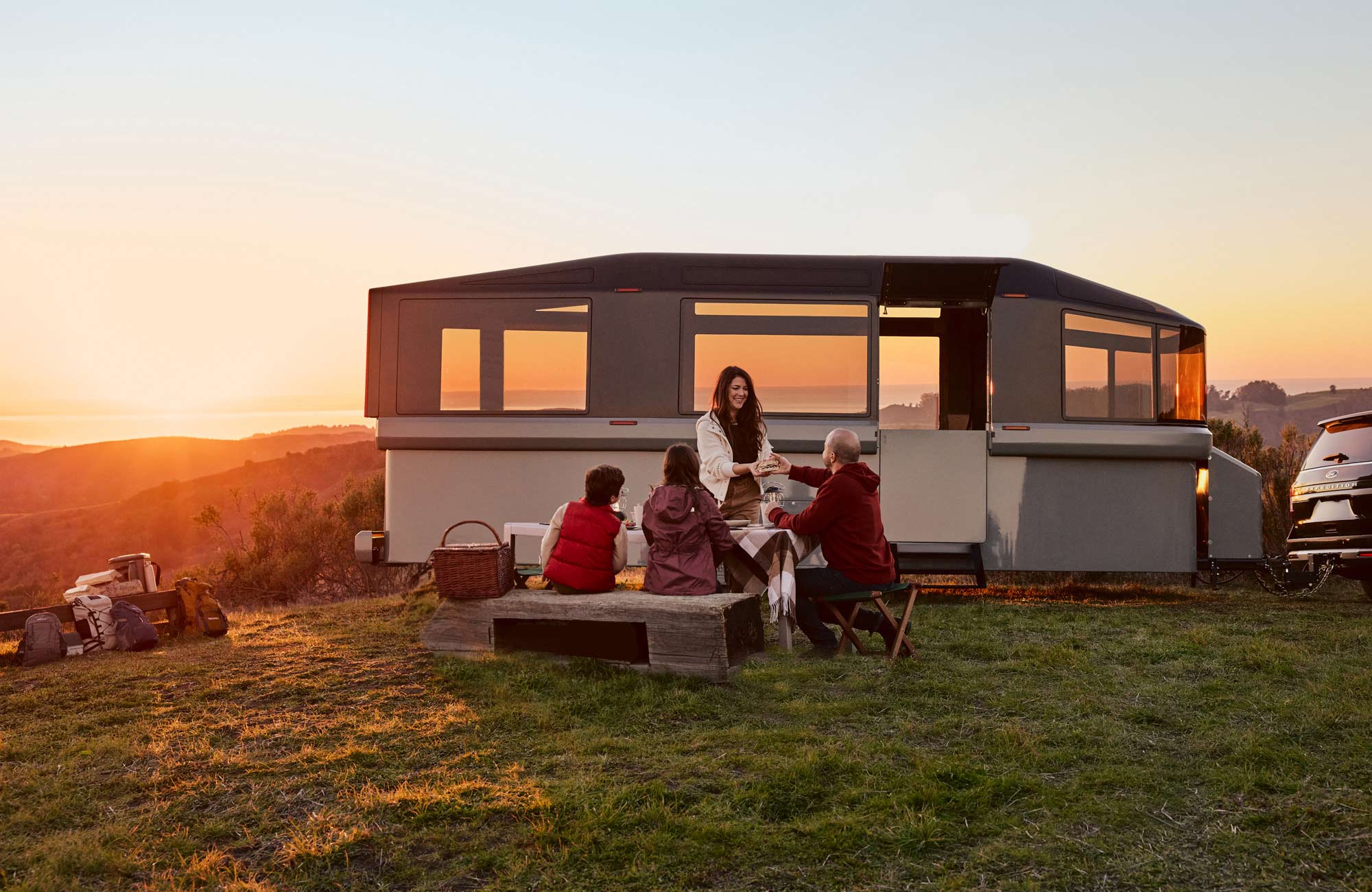
The Lightship solves this problem in two ways. For a start, it’s ultra-aerodynamic, with an expanding roofline that allows the trailer to be just 6ft 9in high when in ‘Road Mode’. Once you’ve parked up, the rooftop expands to a lofty 10ft.
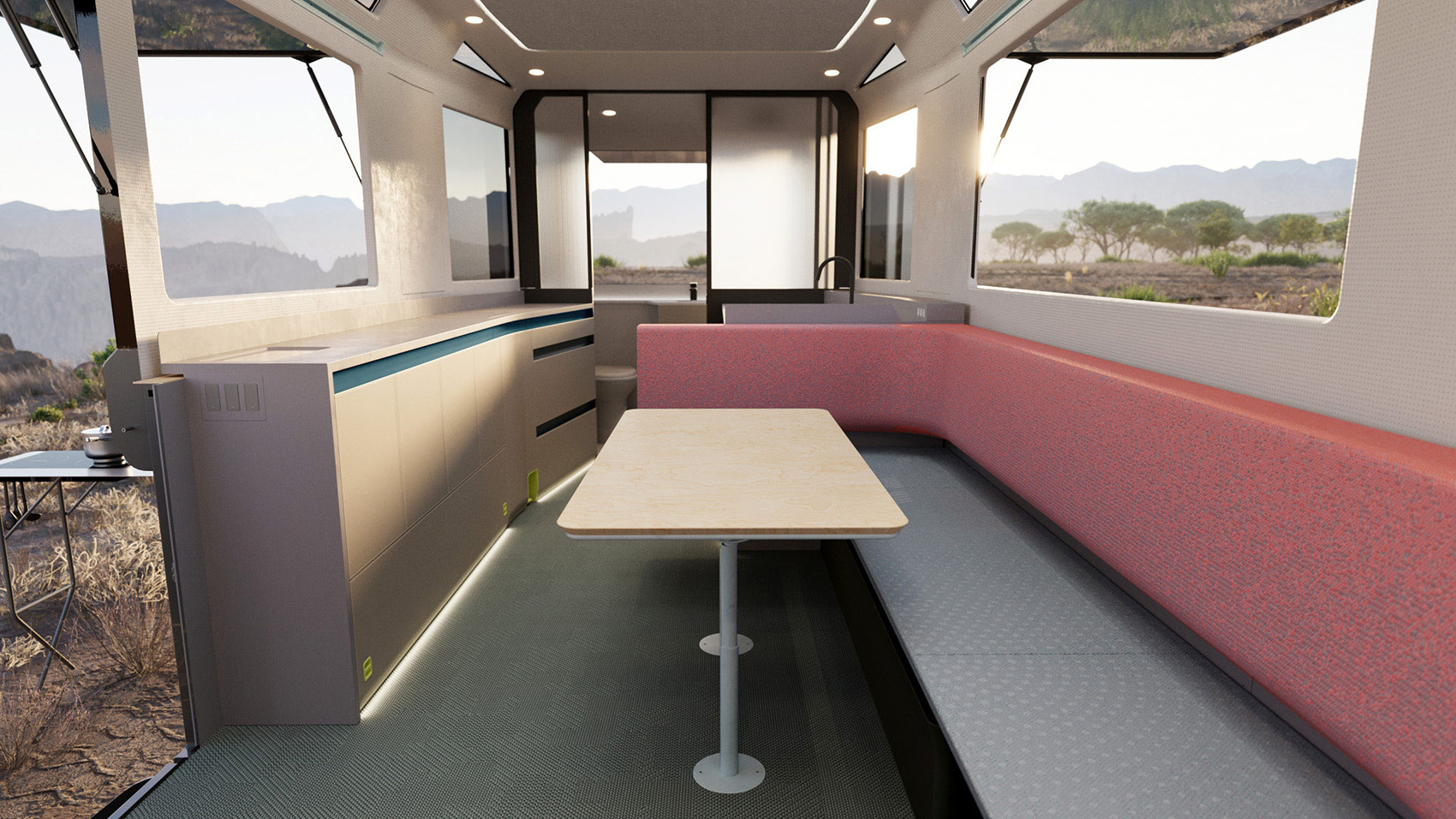
The second solution was the Lightship’s onboard electric powertrain. Combining 80 KwH of battery with in-wheel motors effectively allows the trailer to propel itself, ensuring that there’s no loss of range for the towing vehicle, or no drip in fuel consumption if you’re still using an ICE machine.
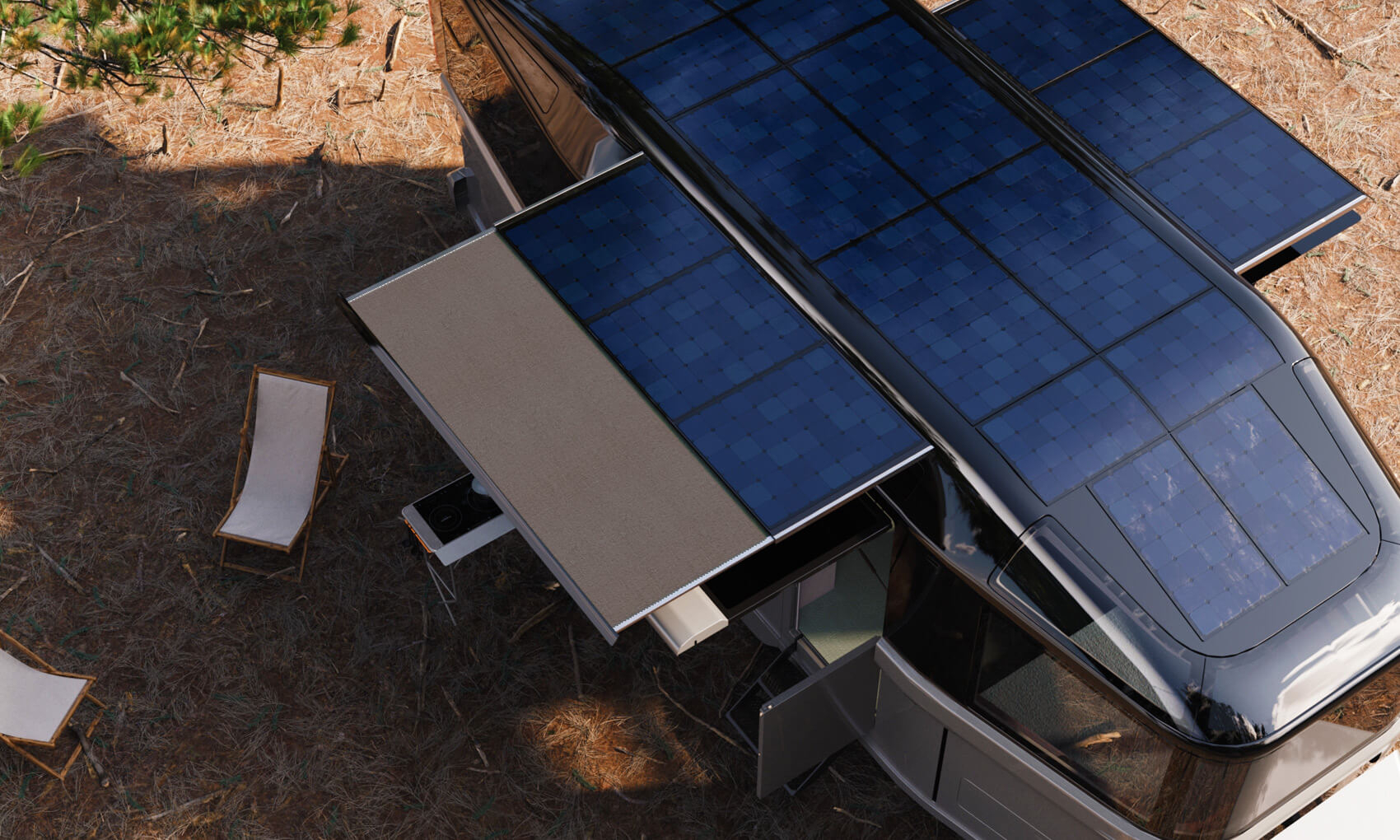
This battery system also gives the L1 excellent off-grid abilities. Capable of giving the occupants up to a week’s worth of power without a charge, the batteries are supplement by a rooftop’s worth of solar, up to 3kW. Fold-out awnings provide space for more panels, meaning there’s no need for noisy generators or unwieldy gas tanks.
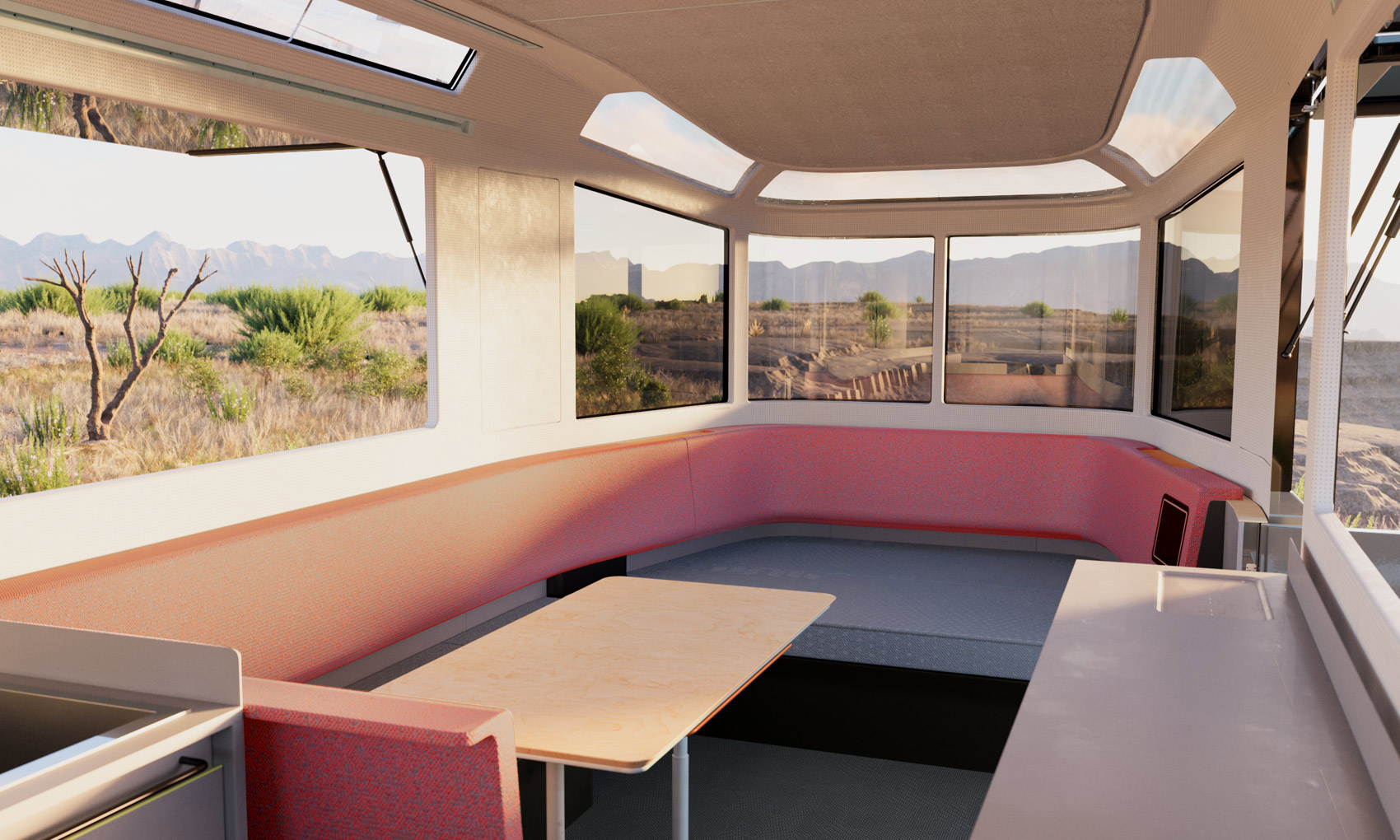
Inside, roof up, there’s space for between four and six people to sleep, depending on configuration. All appliances are electric, and the interior ambience is airy, spacious and loft-like, with wraparound windows and quarter lights bringing light in from all angles.

It bears a passing resemblance to Buckminster Fuller’s Dymaxion House, as well as looking distinctly more domestic than most conventional trailers when it’s parked up and expanded.
Receive our daily digest of inspiration, escapism and design stories from around the world direct to your inbox.
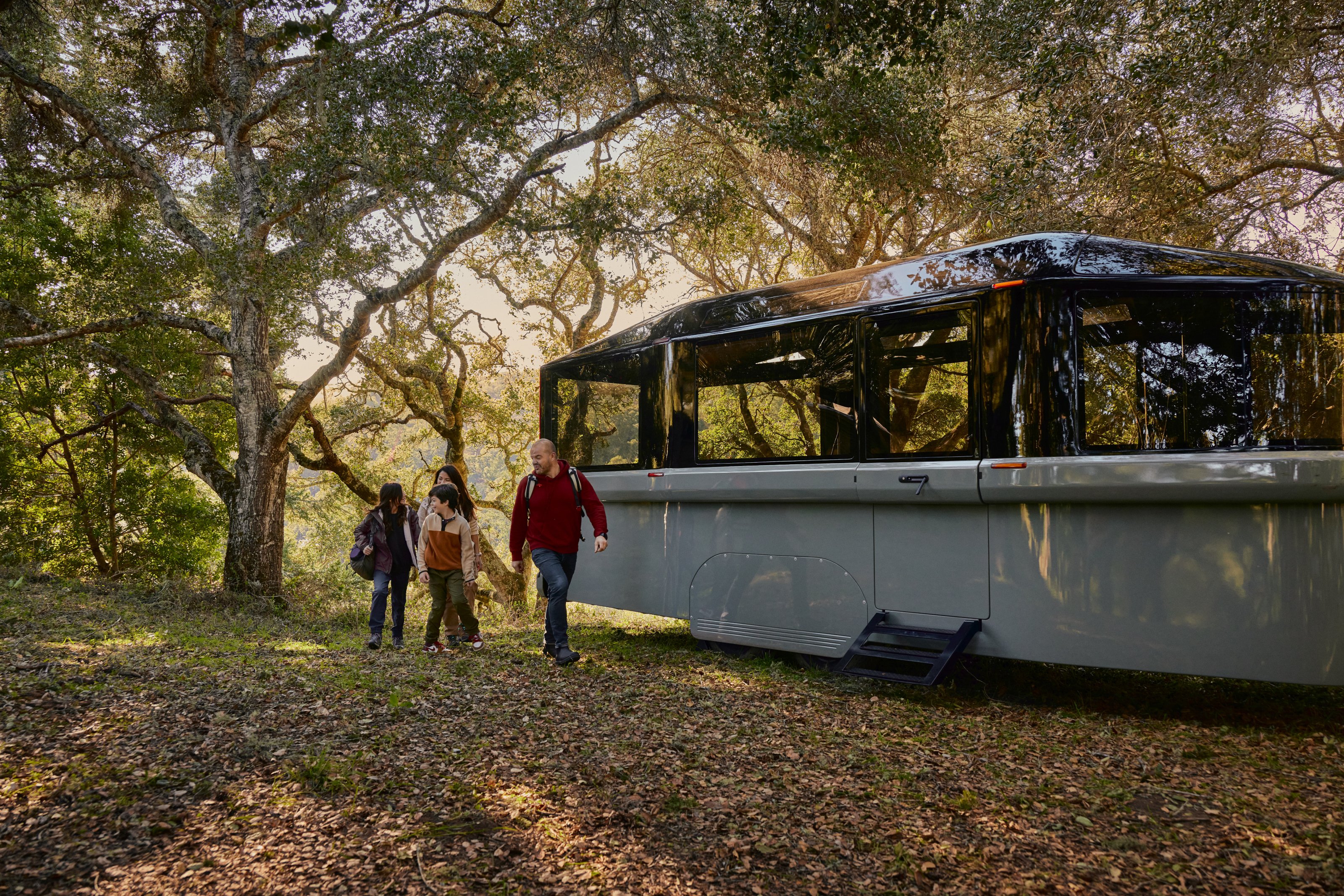
At 27ft long and 8.5ftwide (8.2 x 2.6m), the L1 is wider and longer than the average caravans used in Europe, as well as being too long to be legally towed by a regular car (in the UK at least). It’ll probably fall foul of some European legislation as well. But that’s by the by – this is an all-American machine designed in the spirit of adventure and the freedom to roam the country’s interstates, by-ways and national parks.
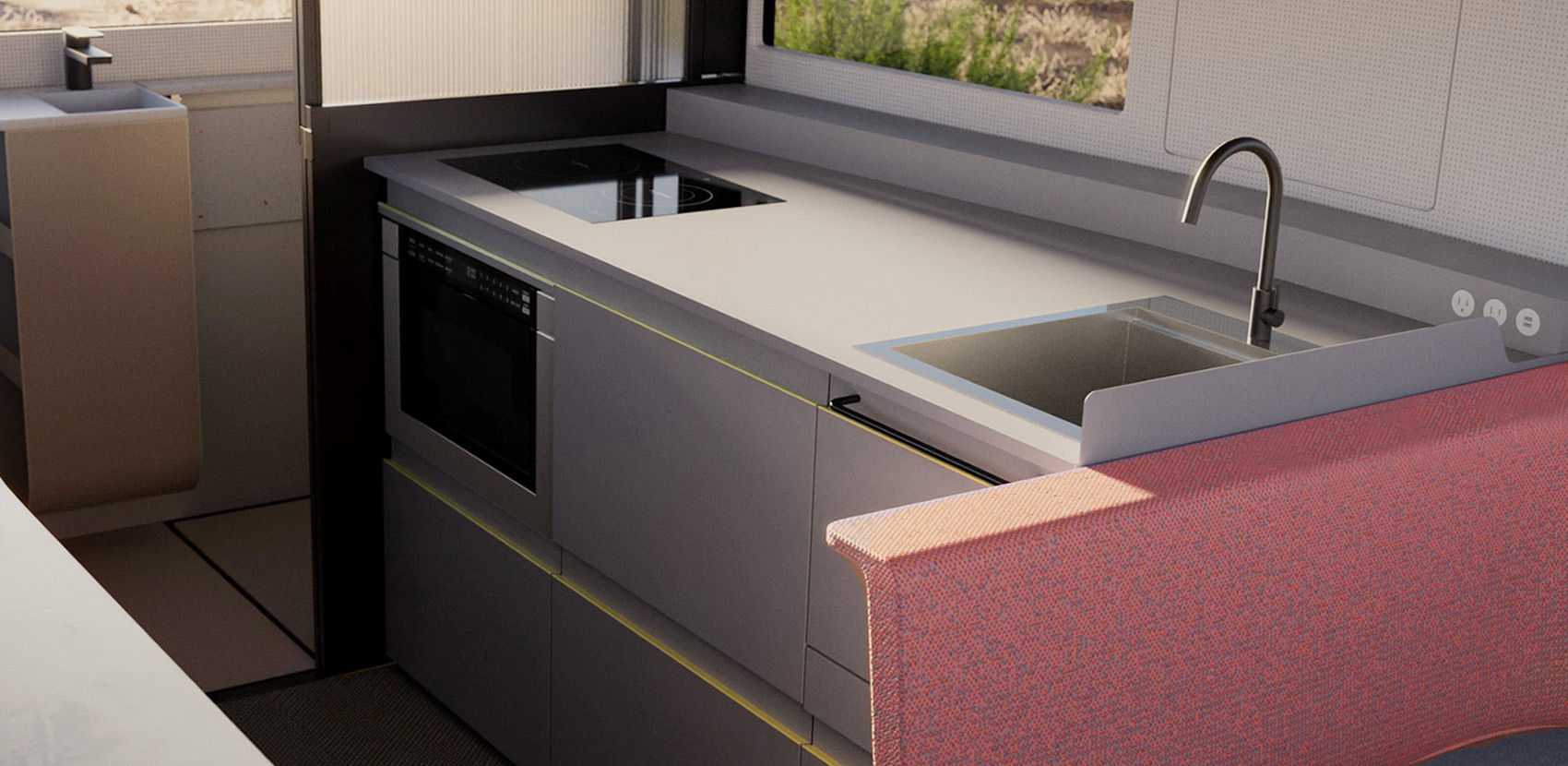
The company, which is based in San Francisco and Boulder, Colorado, acknowledges that it is still quite early days for the L1. An RV revolution is certainly needed – one in ten Americans owns an RV of some kind – and electrification offers a fresh approach that no one else is tackling. Let’s hope the Lightship L1 sets sail successfully to make camping cleaner, quieter and a good deal more comfortable.

Lightship L1, from $125,000, available late 2024, LightshipRV.com
Jonathan Bell has written for Wallpaper* magazine since 1999, covering everything from architecture and transport design to books, tech and graphic design. He is now the magazine’s Transport and Technology Editor. Jonathan has written and edited 15 books, including Concept Car Design, 21st Century House, and The New Modern House. He is also the host of Wallpaper’s first podcast.
-
 The White House faced the wrecking ball. Are these federal buildings next?
The White House faced the wrecking ball. Are these federal buildings next?Architects and preservationists weigh in on five buildings to watch in 2026, from brutalist icons to the 'Sistine Chapel' of New Deal art
-
 Georgia Kemball's jewellery has Dover Street Market's stamp of approval: discover it here
Georgia Kemball's jewellery has Dover Street Market's stamp of approval: discover it hereSelf-taught jeweller Georgia Kemball is inspired by fairytales for her whimsical jewellery
-
 The best way to see Mount Fuji? Book a stay here
The best way to see Mount Fuji? Book a stay hereAt the western foothills of Mount Fuji, Gora Kadan’s second property translates imperial heritage into a deeply immersive, design-led retreat